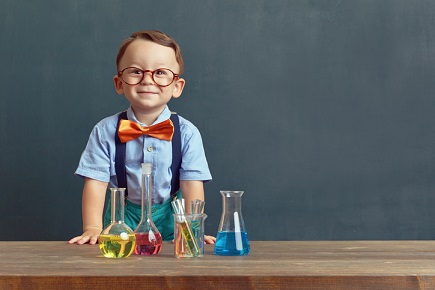
In order for young people to be educated and engaged citizens of the world in the 21st century, they need to know and understand the basics of science, technology, engineering, and mathematics (STEM).
Recognising this, a US science museum has opened the first-ever classroom for preschoolers, heralding a concept that improve young people’s learning engagement from an early age.
Twenty preschool children were recently taken to the Carnegie Science Center in Pittsburgh, Pennsylvania where they got their first taste of what a STEM-focused classroom might look like.
The classroom, part of a long-standing partnership between Pittsburgh Public Schools (PPS) and the Carnegie center, included students from the government-funded Head Start program, which provides educational, health and social services to disadvantaged children.
The museum’s Jason Brown, senior director of science and education, told Science Mag that the space was available and using it in this way “seemed like a natural next step” in the museum’s partnership with PPS.
“One facet of our core mission is supporting formal education in creating a next generation of scientists, technologists, and critical thinkers. It’s hard to think of a better way to do that,” Brown said.
Todd Happer, from the Association of Science-Technology Centers (ASTC), agreed, saying that most museums already collaborate with local school districts and some even house elementary school classrooms.
However, what makes the latest project different is the fact that it is designed for preschool children.
“Hopefully, the partnership in Pittsburgh will get the ball rolling,” Happer said.


